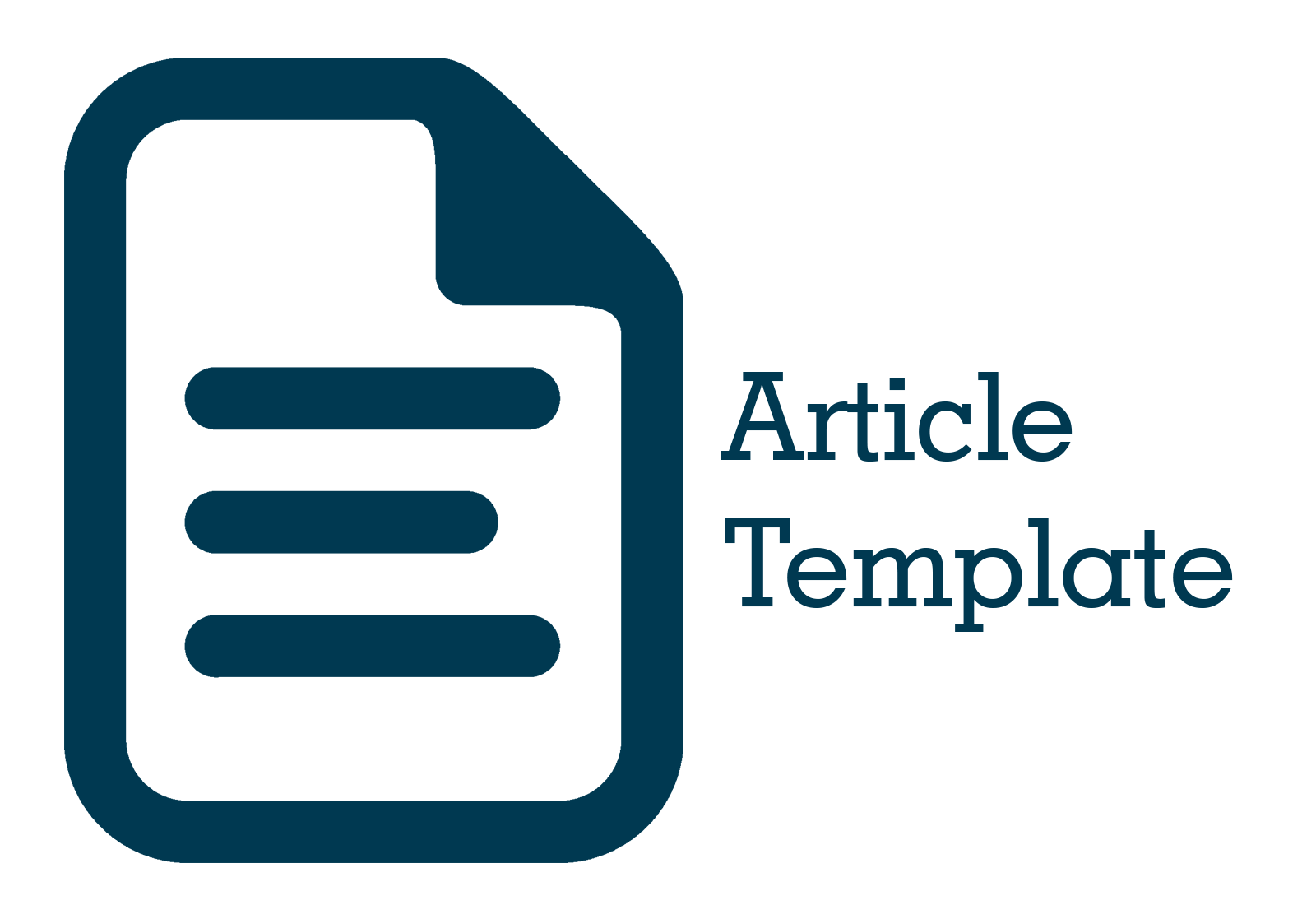Multicultural Integration Strategies in Educational Institutions: A Case Study of Pondok Pesantren Subbanul Watthon Tegalrejo
Keywords:
Multicultural, Integration, Islamic Education, ToleranceAbstract
This study examines multicultural integration strategies at Pondok Pesantren Subbanul Watthon Tegalrejo to assess the effectiveness of approaches implemented within the context of Islamic education. The research adopts a qualitative methodology, employing in-depth interviews, direct observation, and document analysis to gather data from administrators, educators, and students. Findings reveal that the pesantren implements multicultural strategies through curriculum adaptations that incorporate diverse cultural perspectives, training to enhance cultural awareness among educators, and the application of inclusive policies in daily activities. The study finds that multicultural integration significantly contributes to increased tolerance and cultural understanding among students, as well as facilitates their social and academic development. These findings offer valuable insights into multicultural education practices and present a model applicable to similar educational institutions globally
References
Al-Faruqi, I. R. (1982). Islam and Culture. International Institute of Islamic Thought.
Banks, J. A. (2015). Cultural Diversity and Education: Foundations, Curriculum, and Teaching. Pearson Education.
Gearon, L. (2019). Islamic Education and Multiculturalism: Implications for Religious Education. British Journal of Religious Education, 41(2), 148-162. https://doi.org/10.1080/01416200.2018.1525653
Merry, M. S. (2007). Islamic Schools as a Paradigm of Multicultural Education. Journal of Beliefs & Values, 28(3), 299-313. https://doi.org/10.1080/13617670701732891
Merry, M. S. (2005). Multiculturalism, Authority, and Religious Schools: A Case Study of Two Muslim Schools. Educational Theory, 55(4), 481-496. https://doi.org/10.1111/j.1741-5446.2005.00034.x
Mohamad, S., & Yahya, N. (2014). Multicultural Education in Malaysia: Addressing the Educational Needs of the Minorities. The Social Sciences, 9(3), 194-198.
Nasir, S., & Al-Amin, H. (2006). Multiculturalism in Islamic Schools: Opportunities and Challenges. Journal of Islamic Studies, 17(3), 295-315.
Parker, L. (2017). Religious Education and Tolerance in Indonesia: Implications for Multicultural Education. Journal of Intercultural Studies, 38(2), 129-142. https://doi.org/10.1080/07256868.2017.1289902
Rahman, A. (2013). Understanding the Role of Multicultural Education in Promoting Interfaith Harmony in Indonesian Pesantren. Journal of Islamic Education, 6(2), 213-227.
Rippin, A. (2013). Muslim Diversity: Local Islam in Global Contexts. Equinox Publishing.
Saeed, A. (2006). Islam in Australia: Multiculturalism and Education. Allen & Unwin.
Sani, A. N., & Zawawi, H. (2015). The Role of Islamic Schools in Multicultural Education: The Case of Malaysia. Islamic Studies Journal, 24(4), 319-335.
Shadid, W. A., & van Koningsveld, P. S. (2002). Islam in Dutch Multicultural Society: Adjustment and Integration. Journal of Muslim Minority Affairs, 22(2), 409-431. https://doi.org/10.1080/1360200022000029616
Waghid, Y. (2011). Islamic Education and Democratic Citizenship: Nurturing Cosmopolitan Values. Journal of Philosophy of Education, 45(1), 141-154. https://doi.org/10.1111/j.1467-9752.2011.00793.x
Zine, J. (2008). Unveiled Sentiments: Gendered Islamophobia and Experiences of Veiling Among Muslim Girls in Canadian Schools. Equity & Excellence in Education, 39(3), 239-252. https://doi.org/10.1080/10665680600788503
Downloads
Published
Issue
Section
License
Copyright (c) 2024 Siyono (Author)

This work is licensed under a Creative Commons Attribution 4.0 International License.


